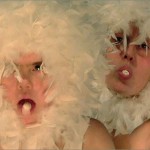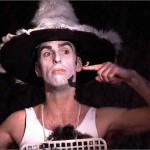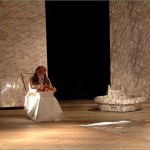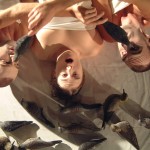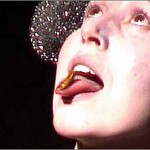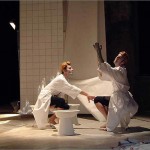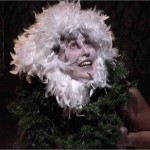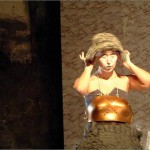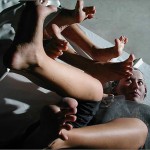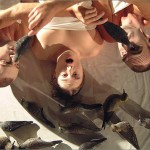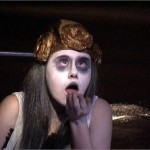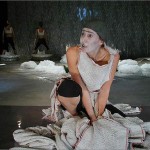
CINDERELLA
First work of the tetralogy dedicated by Lenz Refractions to the fairy tales of the Brothers Grimm, Cinderella is the poetic representation of the natural-moral order of the world.
In Perrault's text it is given the name first of Culincenere and then of Cendrillon. In the Grimm Aschenputtel one and in the Disney one, Cinderella. Already in the name we understand a different sound of belonging to the different worlds of things, of vegetables, of animals and humans.
In the German version the apparent cruelty of the actions maintains its belonging to the natural world intact, and in doing so distances itself from excessively distorted interpretations “humanity”. Since we are dealing with fairy tales, the categories of the ravine, of the bloody and the monstrous inertly undergo the metamorphosis of the narrative, transmuting into lightness and enchantment, amazement and bliss. As with puppets, the force of gravity does not force you to touch the ground too much. And if it happens it's just to get back in the air. Then the stepmother, the twig, chickpea and lentil, the stepsisters and the little birds, the Angel of Ash and his Knight, the tiny golden shoe, the plastic tubs and the PVC ballroom become that All in One that only the Scene can still hold together. Like a Nature that is not yet dead.
The little dove can then do just justice: he can peck each sister's eye first and, Then, also the other so that the concept is clearer: to those who do not see true beauty, even if covered by thick layers of ash, you don't need eyes to continue seeing. It's a cruel grand finale but, In the end, Right. For the Grimm the elements that make up the Natural, organic and inorganic – animals, plant, case, streams, rocks, men – they are, like in a Bosch painting, equal protagonists of a common landscape and a common moral order.
In the musical score of Cinderella the electronic device transforms the mother's narrative voice into the chirping of doves and the clicking of chickpeas, to give way to the fairy-tale dance concocted on a double Bach multi-sound.
Director's notes: the movement of Francesco Pititto
Everything begins and everything ends, to start again. The movement is circular like the fairy tale. Everything happens as it should be done, like an oriental ceremony; precision, repetition, the slight variation that continues the slow motion of walking, the discreet curvature it brings, In the end, to reach the starting point.
The prologue of the mother's death – identical in the two fairy tales – starts the movement by immediately withdrawing, not being part of it. A trial begins, it is origin but, representing an end, it does not continue beyond the beginning.
The nursery rhyme introduces the form, the pace and direction. The German is the intention. The circle tour starts from here.
Everything flows on the circular blade that delimits, on the one hand, the truth of the truth and, on the other, the fiction of the fiction.
The step is light, on tiptoe. Hand choreography, feet, ceci, blood and feelings.
The end is like the beginning, he is not part of the carousel that keeps turning.
On the contrary, right there, at a precise point it makes her stop; right there, where everything could still begin.
CINDERELLA
from Aschenputtel by the Brothers Grimm
translation | playwriting | regia || Francesco Pititto
scene | costumes | visual elements || Maria Federica Masters
musica || Adrian Engelbrecht
electronic processing || Andrew Azzali
interpreters || Adrian Engelbrecht | Sara Monferdini | Elisa Orlandini | Alessandro Sciarroni
production || Lenz Refractions
first || Lenz Theatre, Parma, 2001
duration || 60 minutes
The show has been presented in many international festivals including: Nature Gods Theater Festival (2002), Il Vascello Theater in Rome (2002), International Festival of Experimental Theatre, Cairo (Egypt, 2003), Festival of the Turin hills, Torino (2003).







